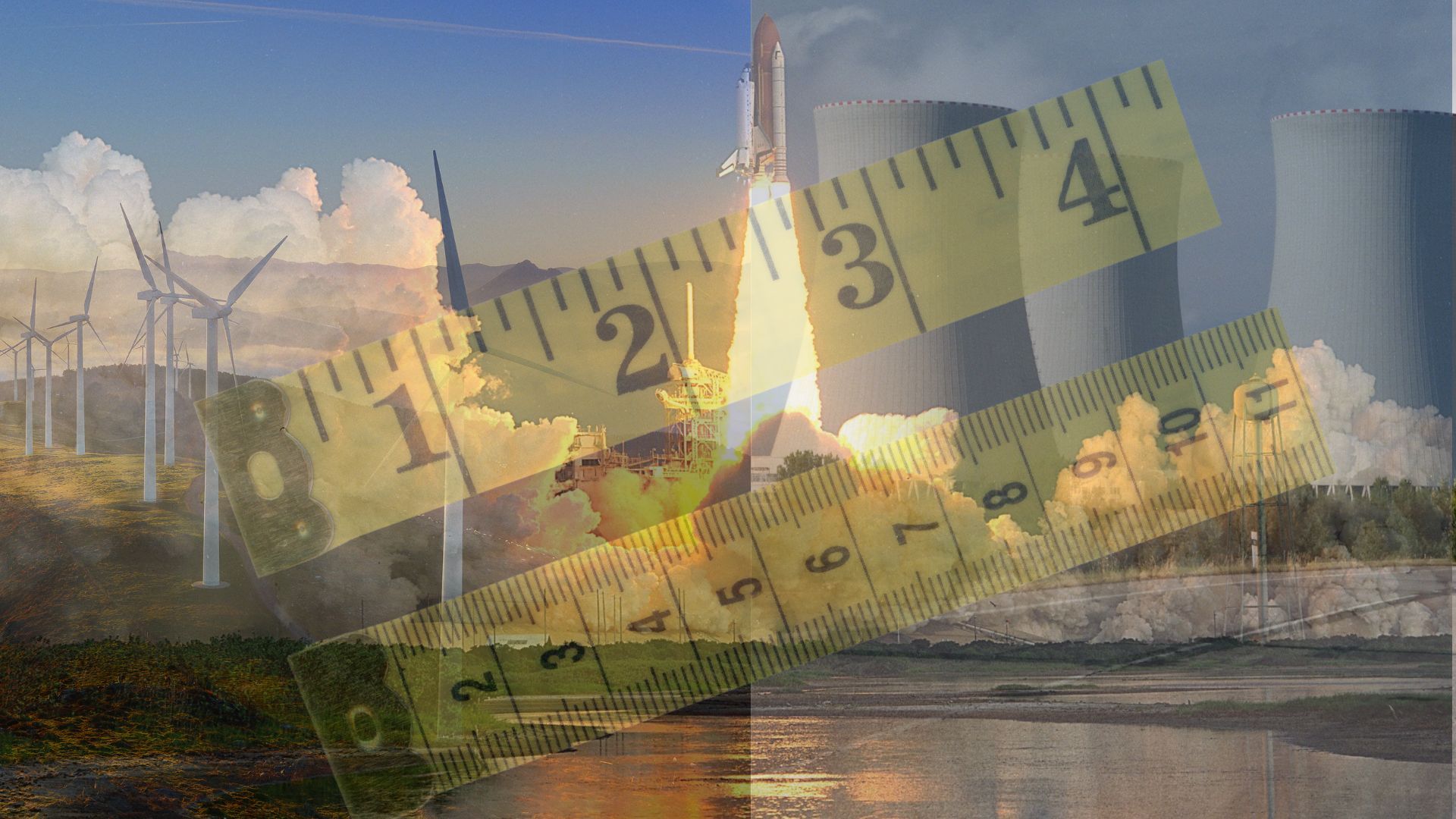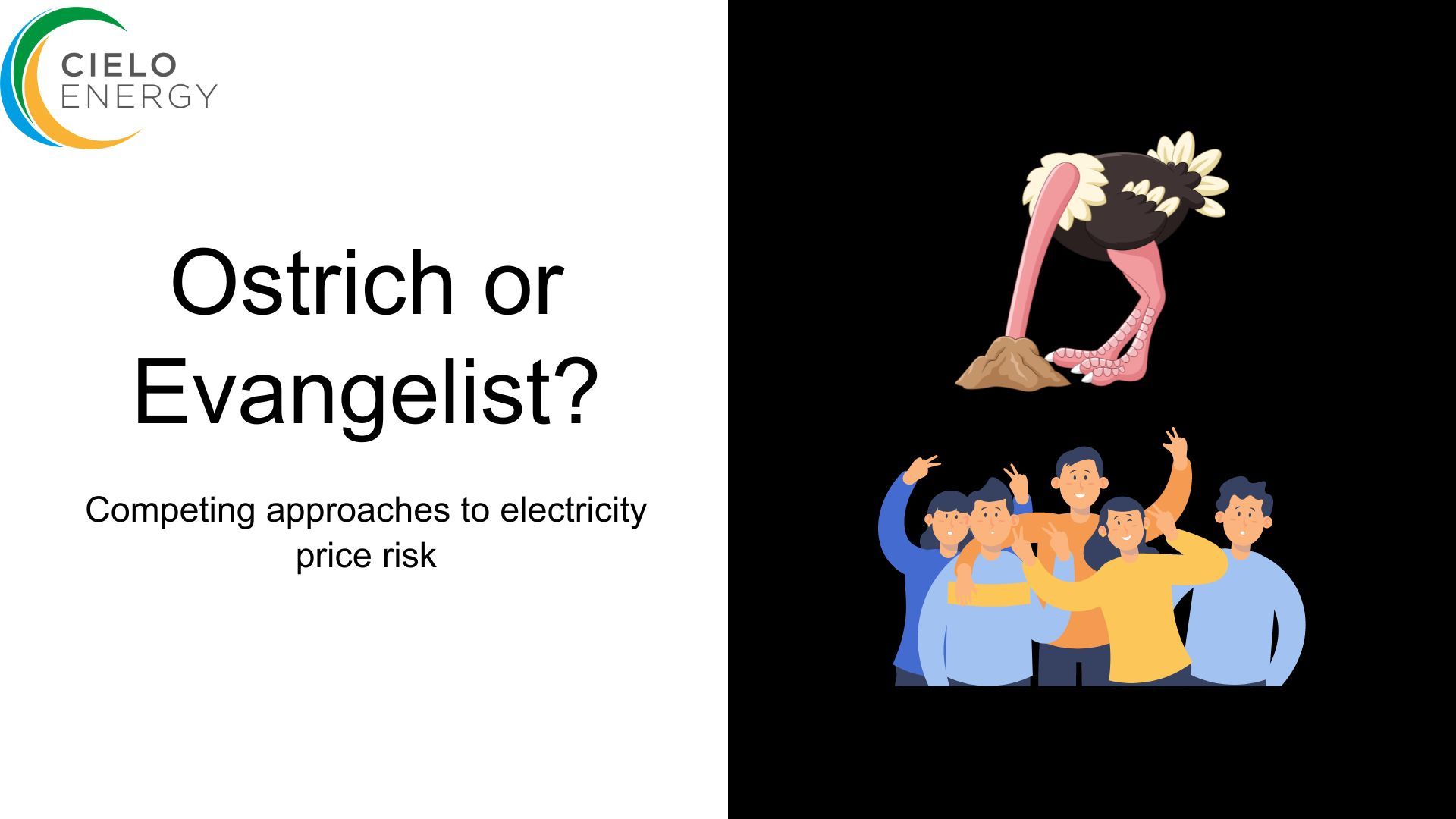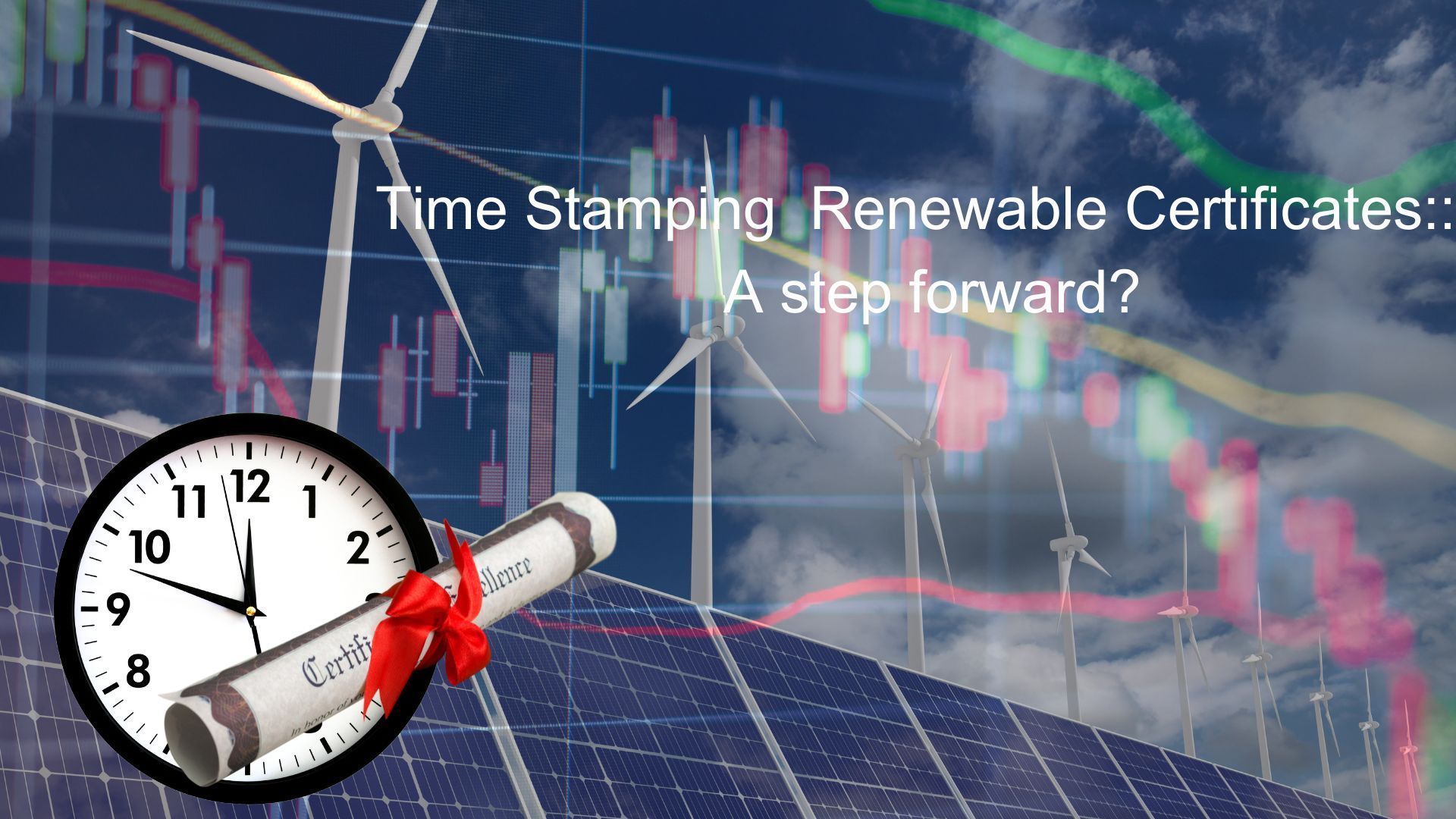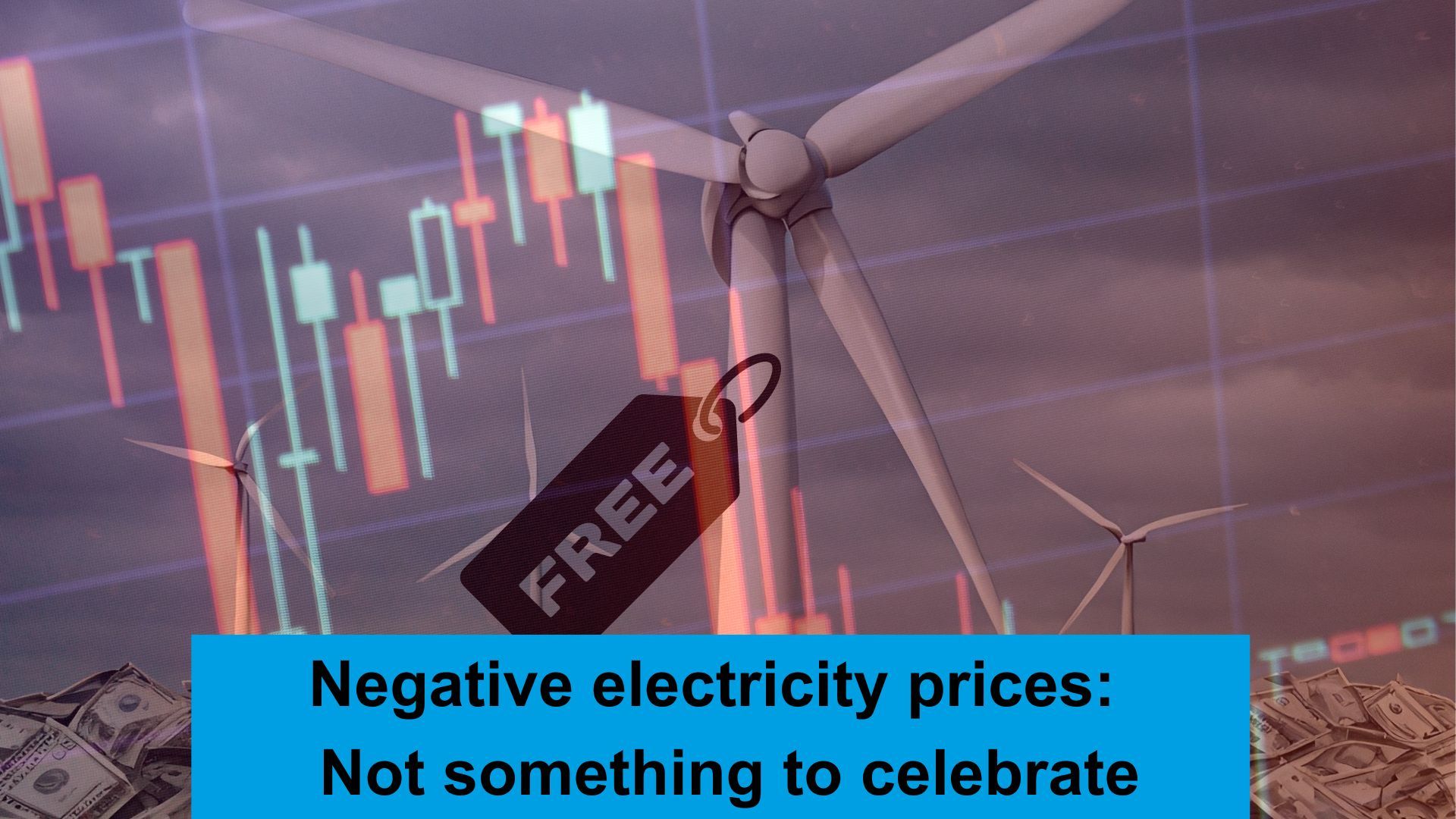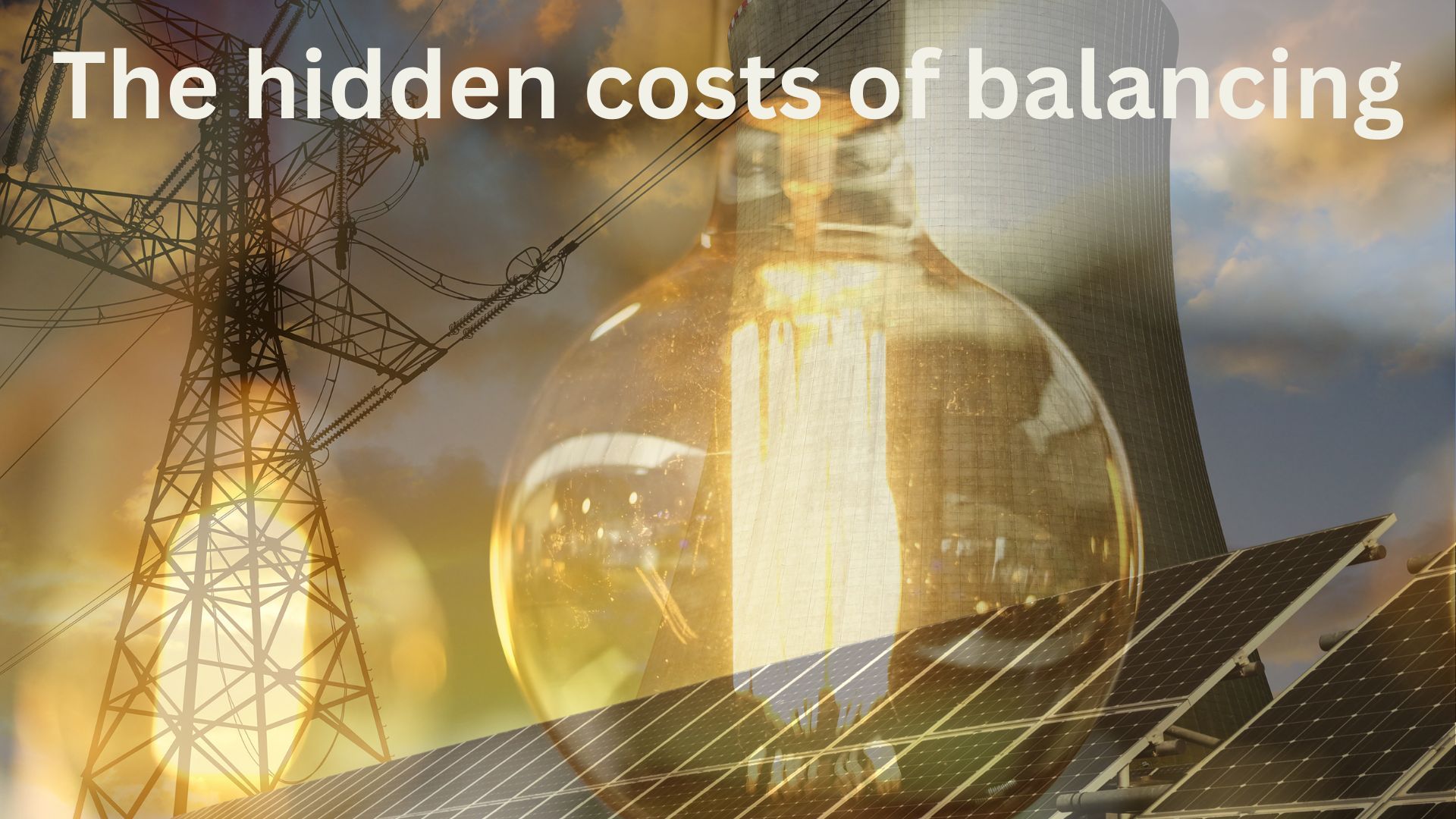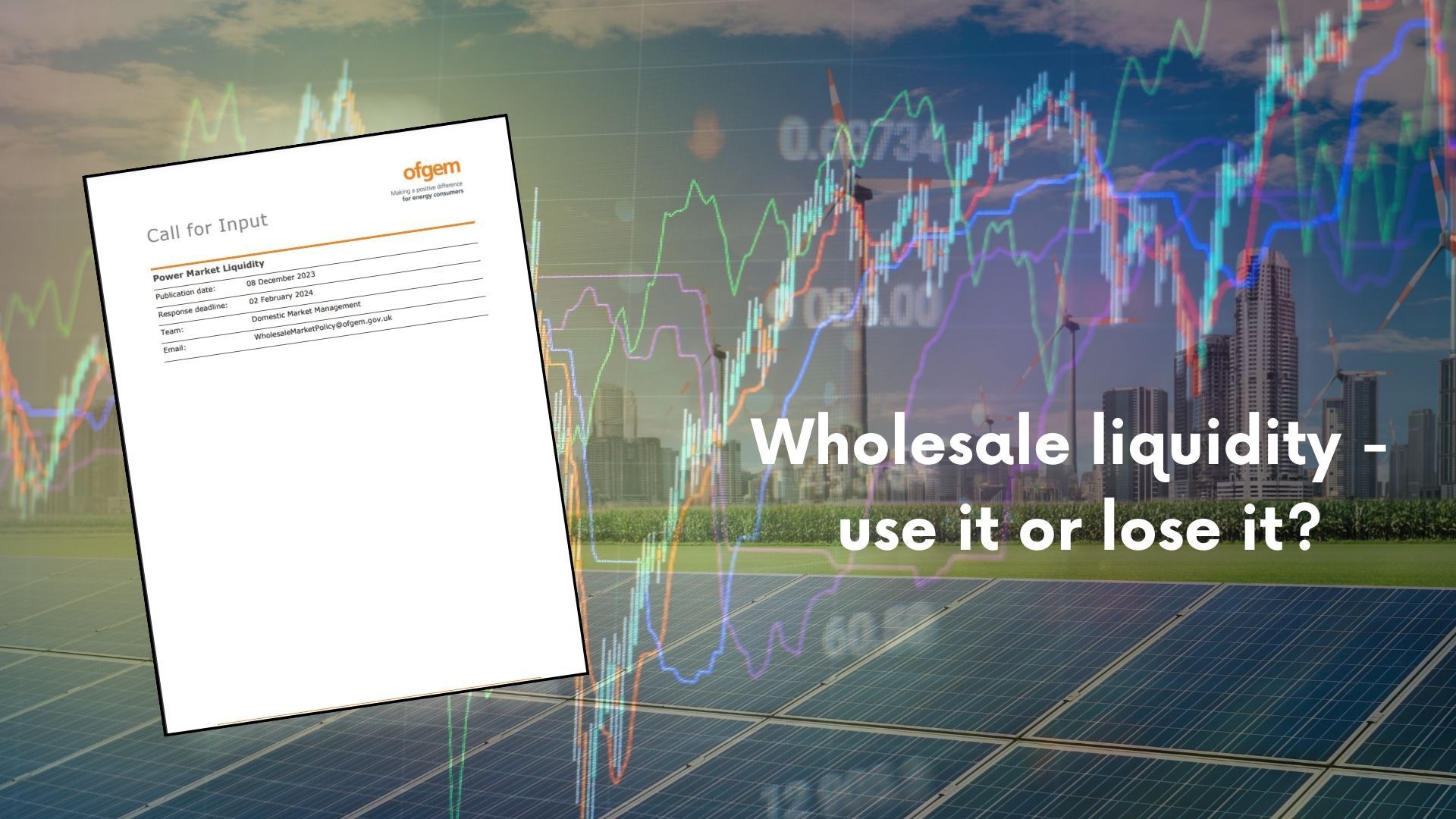What does P415 mean in practice?
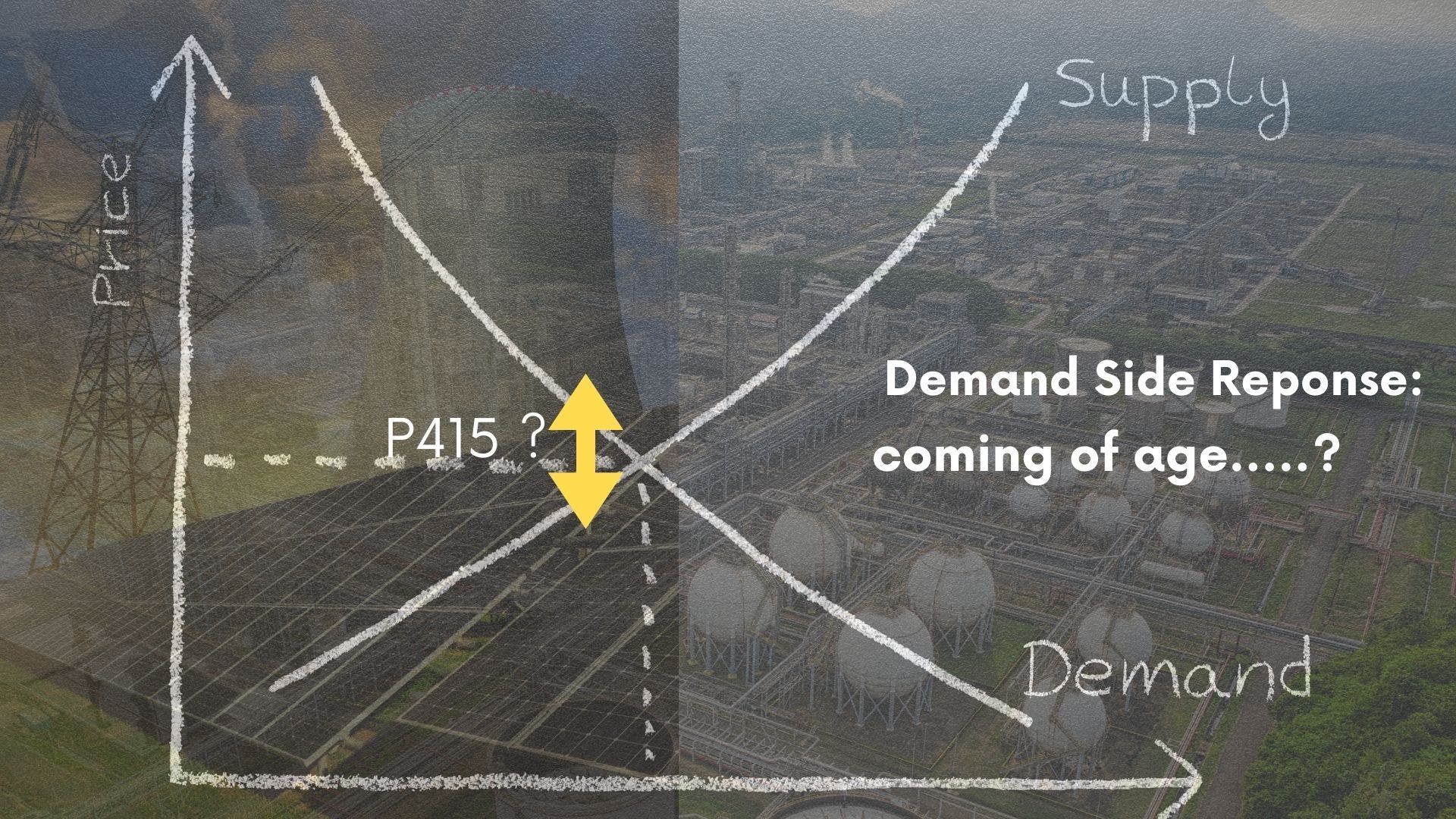
For as long as there have been electricity markets there has been demand side response (DSR).
However it has always been difficult for the electricity industry to make it work effectively and efficiently. So, how can you make DSR work for you – whatever your place in the market?
A recent modification (P415) may unleash the next phase of development, but how do you make it work for you?
Suppliers, aggregators, embedded generators and consumers are going to see significant changes over the coming years and understanding the developing DSR market and its opportunities will be beneficial.
There will be winners and losers – and in general if you’re not participating, you’re losing. If you are participating you may be winning, depending on how your contracts are structured.
The economic theory is that everybody will win (compared to an alternative scenario world), however the benefits are a decade away.
What is DSR?
DSR is essentially something that isn’t a large power station (so on the demand side of the market) changing its behaviour in response to a signal, thereby creating some value. That includes generation, storage and consumption.
With the changing market dynamics and increasingly distributed nature of the network it is becoming both larger in volume and more important in keeping the lights on.
So what is the problem and where are things with fixing it?
At a high level the difficulty has always been identifying DSR in order to reward it.
Isolating demand response from normal variability in behaviour is difficult.
Smart meters aren’t smart enough, identifying only total consumption for a house (the same is true for businesses with HH meters). Sub-metering of specific items such as EV or major demand is required to really make it work.
However… it is generally only the main meter of any site that is used for determining its usage at an industry settlement level (creating the value). There are ways to solve this, allowing separate metering to be used, and in recent years allowing Virtual Lead Parties (VLP) to act on behalf of larger metered volumes and move the volume into their own account for settlement.
Identifying DSR activity
The eternal question is – what was the demand response? i.e. what would have happened otherwise.
‘Baselining’ is the term used to establish the alternative against which actual behaviour in any given period is measured. For example, the baseline is 10, and the meter shows 8 the demand response is 2. The baseline methodology can be complex, and is different between domestic DSR (used by national grid in its demand flexibility service -(DFS) and by VLP; but the objective is the same.
How much is it worth?
Unless you are truly altruistic and take action purely for climate based reasons; DSR needs to be rewarded. But how?
The first DSR was simple – industrial consumers reduced demand at peak periods to avoid transmission costs. Over time the scale of this grew too large and ofgem took action to make it harder to freeride on the system. Watch out for more of this in future!
Now there are various ways of creating value from ancillary services and wholesale markets. However there have been some issues with this…
Is the payment high enough?
Very small customers shifting a few kWh don’t earn much from it. Wholesale savings of £150/MWh only pay pennies per event; even an EV would only save £1/hour. Is that enough for manual action?
Larger consumers/generators can earn more, but the trade off in interrupting a process may be too high.
Flexibility services are upping the payment, with national grid DFS paying up to £3000/MWh – paying the same EV £21/hour. Much more interesting.
So far, the larger value for DSR sits in grid services, where payments are being set at a rate high enough to incentivise engagement.
Who gets paid?
All DSR customers ultimately sit behind an electricity supplier, and until now aggregators have only been able to directly act in balancing markets, as the market rules only allowed full market participants to access all services.
However, the much lauded P415 will allow for aggregators (VLP) to trade volume in the wholesale market from next winter though a combination of baselining and compensation to suppliers. That may provide access to more value and opportunities, but also opens new risks.
Who gets compensated?
Traditional DSR, provided through grid activities resulted in 3 outcomes:
· The value being created going to either the supplier or VLP, and then being shared with the end party.
· Costs being smeared across all customers through the charges levied by the grid companies.
· Individual suppliers being protected through volumes that are removed by VLP being replaced in any imbalance calculation.
The P415 changes operate in the same way for volume compensation, but price compensation is very different – creating another market fudge that is recovered from all suppliers based on market share.
Under P415, wholesale costs to which is supplier is exposed are assumed to be those produced by Ofgem under its price cap – a simple, but poor assumption. The difference between the value of wholesale market under the DSR scheme and this is compensated to the losing supplier, and recovered from all other suppliers on a market share basis. This creates a huge unknown exposure for suppliers that do not know the volume of
DSR that they will be paying for, and will not have purchased their energy on the basis which is being compensated.
Who pays?
The direction is clear: those that are being flexible get paid, those that are not pay.
In the first instance suppliers will balance the books, ultimately it will come down to end users through their bills.
DSR is creating opportunities for those that engage with it. If you want to understand how to get involved, get in touch.
Share this on social media




